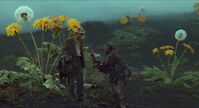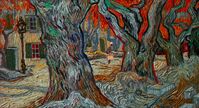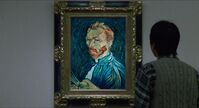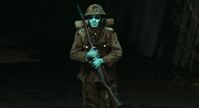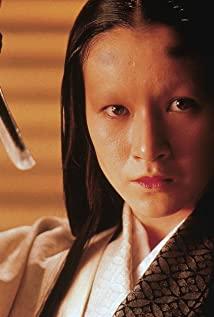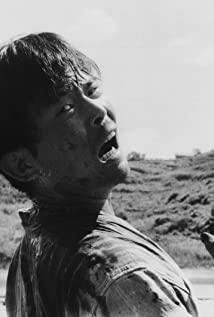"Sun Rain" and "Taoyuan" can be said together, they are both children's dreams, beautiful and mysterious. There are many important symbols such as kimono, ritual, nature, children, Kurosawa Akira's love for Japanese traditional culture, his awe for nature, and his hope for children.
"Blizzard". The mountaineers who are exhausted in front of the camp may actually be only a little short of success when they want to give up. Exhausted, the weather is cold and the ground is freezing, the storm is violent and snowy, but we must continue to move forward. (Is this also the national character of Yamato Nation? Guess.)
"Tunnel". The surviving commander persuaded the ghosts of soldiers who were unwilling to die to leave the world. Lonely souls who want to go home to eat the food their parents made, and companies who are not moved by the commander's hard words but walk away after an order. This is a tribute to the soldiers who lost their lives in the war and an indictment of that meaningless war.
"Crow". Just walked into Van Gogh's painting, it's really beautiful.
"Red Mount Fuji" and "Devil May Cry". The saddest picture of human destiny. The nuclear leak in the former seems to be more or less connected to the Japanese memory of Hiroshima. Humans will eventually swallow the bitter fruit of their own sins, as the so-called "no zuo no die".
"Waterwheel Village". The last dream, another possibility to solve the problem. Abandoning the paradise of modern material life, a healthy environment, simple folk customs, and a happy funeral. "It's already dark at night, so why make it as bright as the day? I don't like the sky when you can't see the stars during the day." "They invented a bunch of things that look good, but in the end, these inventions will bring people inconvenience. Happy."
Generally speaking, the first three dreams are a tribute to Japanese traditional culture, and the fourth dream is a reflection on Japanese history. The fifth dream shows that Japan can also learn from Western civilization. The last three dreams reflect on modern civilization and explore the fate of mankind, of which the sixth and seventh dreams depict the darkest prospects, while the eighth dream proposes the possibility of avoiding tragedy and leading to beauty. As for the answer proposed by Akira Kurosawa, I have no right to judge.
In addition, seeing some people say that the appearance of Western musical instruments in "Waterwheel Village" feels inconsistent, but this is not the case. Akira Kurosawa's ideal picture is not only to get rid of material fetters, return to nature, and promote traditional culture. He also advocates borrowing from Western civilization. This is what the dream of "The Crow" means. The villagers of the waterwheel village can of course play Western instruments in traditional Japanese ceremonies. Therefore, Akira Kurosawa is both Japanese and the world.
View more about Dreams reviews



